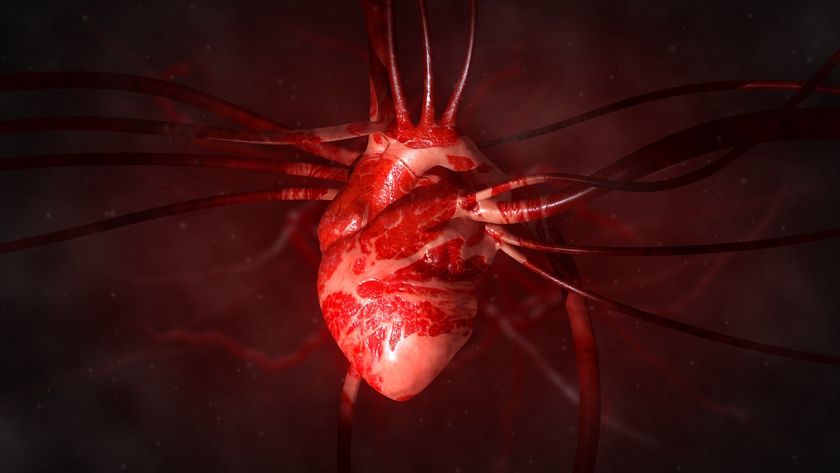Mammograms Spot Heart Risks in Kidney Patients
Mammography isn't just for detecting breast cancer tumors anymore for women with kidney disease, the images can also reveal signs of heart disease, according to a new study.
Mammograms showed calcium deposits in the middle layer, but not in the inner layer, of the arteries of 16 women with kidney disease a sign that their disease could be progressing to the point of putting them at risk for heart disease, according to the study.
This means that for these patients, mammograms have an advantage over CT scans, which can't distinguish between calcium deposits in the middle layer and those in the inner layer of arteries. The difference between the sites is crucial to treating patients, said study researcher Dr. W. Charles O'Neill, of Emory University in Atlanta.
"It's a different animal," O'Neill said, when the deposits are in the middle layer. "And it causes different problems."
The mammograms found heart disease risks that are unique to kidney disease patients, he said.
The study will be published in the upcoming issue of the Clinical Journal of the American Society of Nephrology.
Detecting calcification
Sign up for the Live Science daily newsletter now
Get the world’s most fascinating discoveries delivered straight to your inbox.
"When radiologists look at mammograms, they're just focusing on looking for signs of cancer," O'Neill told MyHealthNewsDaily. But "this calcification may be an indication of something, and I think it needs to be reported when it's on the mammogram."
Researchers also reviewed the mammograms of 71 women with end-stage kidney disease, and a matched group of women without kidney disease.
Mammography revealed calcium deposits in the breast arteries of 63 percent of the women with kidney disease. But only 17 percent of women without kidney disease had calcium deposits in their breast arteries, according to the study.
This further showed that mammograms could detect calcium deposits common in kidney disease patients, and could alert physicians to heart disease risks they may have been unaware of, O'Neill said.
If calcium deposits are present in breast arteries, there's a strong chance there are hardened arteries elsewhere in the body, O'Neill explained. Ninety percent of the women with breast-artery calcification also had calcification in other blood vessels, the study said.
The kidney-heart connection
Kidney health and heart health are closely entwined. Kidney disease patients are at a higher risk for heart problems than healthy people because the kidneys are really just a "big, beautiful, important mass of blood vessels," said Dr. Lynda Szczech, National Kidney Foundation president.
"When you have a bad diet, smoking, anything that results in cholesterol plaques in your heart arteries, you can be pretty sure that it'll also affect the arteries in your kidneys," Szczech told MyHealthNewsDaily.
Seeing calcification on a mammogram should clue a woman in that something may also be wrong with her kidneys, she said. But "as good as mammograms are, peeing in a cup is an order of magnitude better" for anyone concerned about kidney disease, Szczech said, because proteins in urine are also a definite sign of kidney problems.
Pass it on: Mammograms can detect signs of heart disease in people with kidney disease.
- Chronic Kidney Disease: Symptoms and Treatment
- 10 New Ways to Eat Well
- 10 Dos and Donâ??ts to Reduce Your Risk of Cancer
Follow MyHealthNewsDaily staff writer Amanda Chan on Twitter @AmandaLChan.












